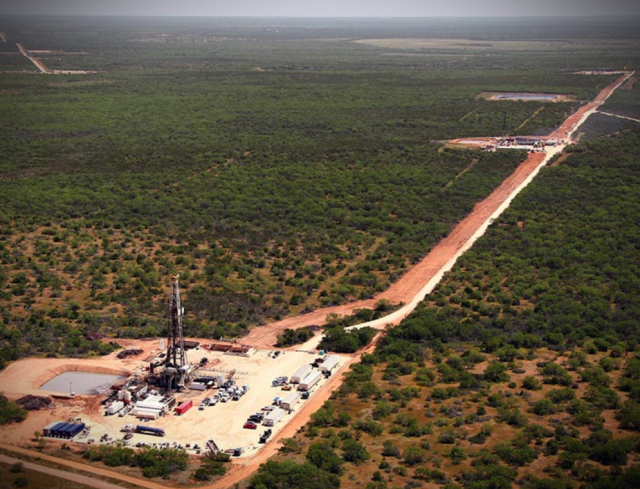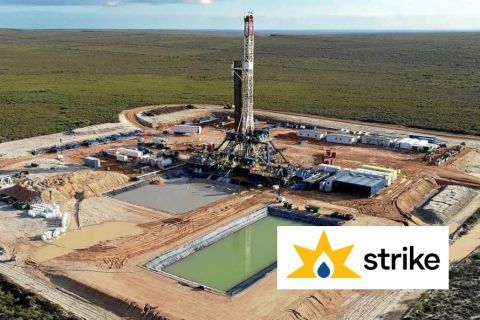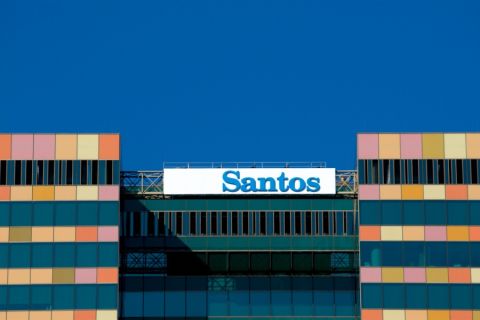
Lonestar is a pure-play Eagle Ford operator with more than 57,000 net acres in the crude oil window of the South Texas shale play. (Source: Lonestar Resources US Inc.)
Despite a tough year for public E&Ps, Lonestar Resources US Inc. still achieved record growth in 2019, the U.S. shale producer said in a Feb. 20 news release.
As of year-end 2019, Lonestar had increased its proved reserves to a record 100.6 million barrels of oil equivalent, all of which are located in the Eagle Ford Shale.
“In a market in which our industry is capital constrained, 2019 was another year of capital-efficient growth for Lonestar, driven by strong results from our drilling program, which saw the majority of our new-drills exceed third party forecasts, resulting in positive reserve revisions,” Lonestar CEO Frank D. Bracken III said in a statement.
Bracken also noted that even without producing property acquisitions, Lonestar’s drilling program generated organic reserve growth via a combination of the outperformance of new wells and reserves additions through newly-leased acreage.
“In doing so, we extended our track-record of low-cost reserve growth, registering exceptional all-sources finding and development costs of $8.77 per boe while replacing 353% of 2019 production,” he said.

Lonestar is a pure-play Eagle Ford operator with more than 57,000 net acres in the crude oil window of the South Texas shale play. The company’s position is located in 11 counties, which are divided into three distinct regions: Western Eagle Ford, Central Eagle Ford and Eastern Eagle Ford.
For 2020, Lonestar is targeting production of between 17,000 and 18,300 boe/d. The company’s 2019 production guidance was between 14,800 and 15,000 boe/d, a roughly 34% increase vs. 2018.
Lonestar also expects its 2020 production targets can be met with less spending and has set its capex for the year at between $90 million to $115 million. In 2019, Lonestar’s capex totaled $171.8 million.
Additionally, the company anticipates generating $5 million to $20 million of free cash flow in 2020.
“With virtually all of our crude oil hedged in 2020 at $56.95/bbl and the bulk of our natural gas hedged in 2020 at $2.58/MMBtu,” Bracken said, “we have a high degree of cash flow certainty that we will judiciously deploy in our 2020 drilling and completion program, and we expect to do so at lower well costs which we expect to yield continued growth in production and EBITDAX.”
Recommended Reading
US Drillers Add Oil, Gas Rigs for First Time in Five Weeks
2024-04-19 - The oil and gas rig count, an early indicator of future output, rose by two to 619 in the week to April 19.
Strike Energy Updates 3D Seismic Acquisition in Perth Basin
2024-04-19 - Strike Energy completed its 3D seismic acquisition of Ocean Hill on schedule and under budget, the company said.
Santos’ Pikka Phase 1 in Alaska to Deliver First Oil by 2026
2024-04-18 - Australia's Santos expects first oil to flow from the 80,000 bbl/d Pikka Phase 1 project in Alaska by 2026, diversifying Santos' portfolio and reducing geographic concentration risk.
Iraq to Seek Bids for Oil, Gas Contracts April 27
2024-04-18 - Iraq will auction 30 new oil and gas projects in two licensing rounds distributed across the country.
Vår Energi Hits Oil with Ringhorne North
2024-04-17 - Vår Energi’s North Sea discovery de-risks drilling prospects in the area and could be tied back to Balder area infrastructure.



